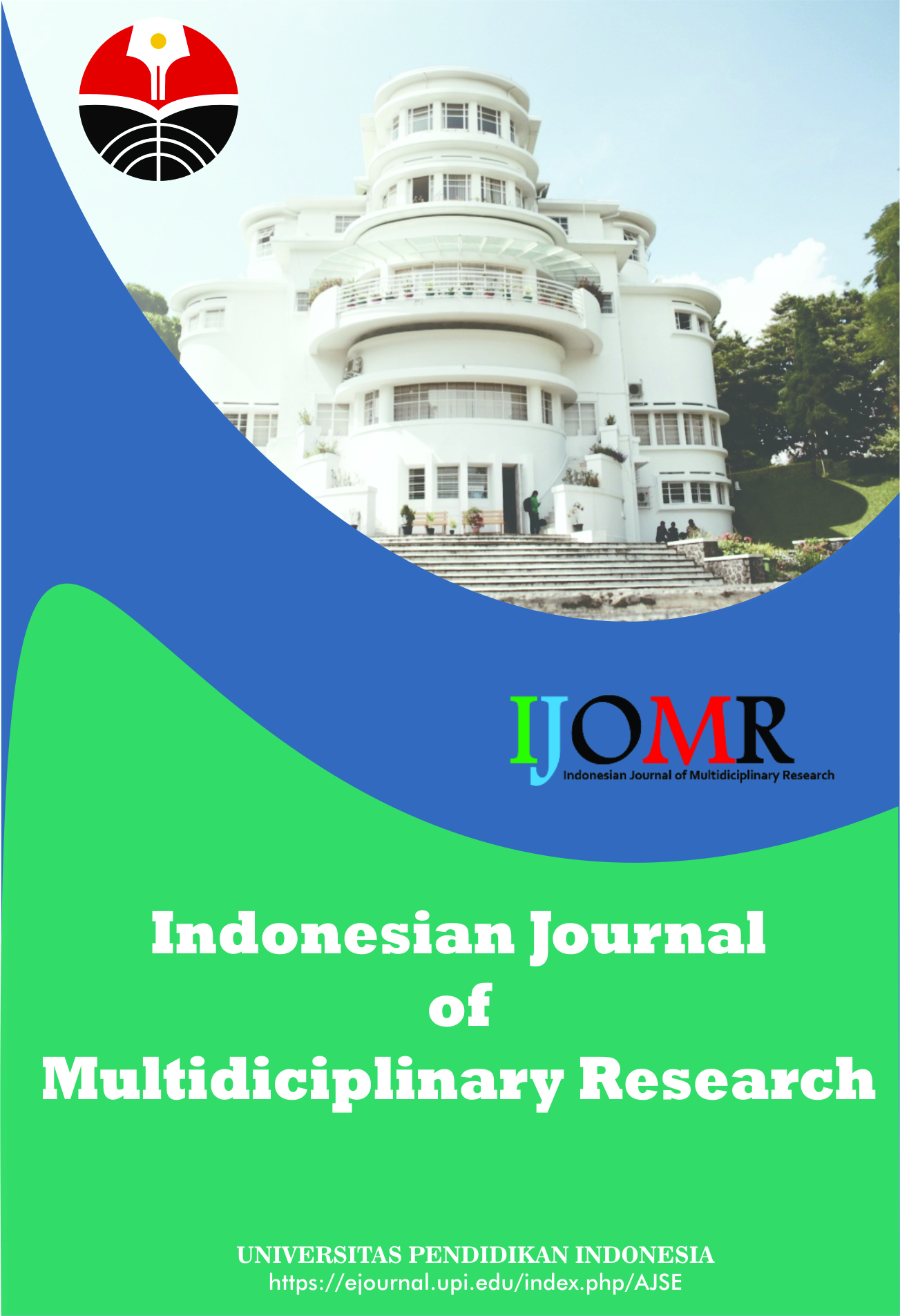Significance of Landmarks in the Local Government Units of Sultan Kudarat: Education Perspective
Abstract
Keywords
Full Text:
PDFReferences
Burnett, G., Smith, D., and May, A. (2001). Supporting the navigation task: Characteristics of ‘good’landmarks. Contemporary Ergonomics, 1, 441-446.
de Villiers, C., Farooq, M. B., and Molinari, M. (2022). Qualitative research interviews using online video technology–challenges and opportunities. Meditari Accountancy Research, 30(6), 1764-1782.
Mangaoang, C. C., and Flores, A. B. (2019). Inventory of mangroves in katunggan coastal eco-park, Sultan Kudarat Province, the Philippines. International Journal of Bonorowo Wetlands, 9(2), 65-70.
Morgan, C. J. (2019). Landmark analysis: A primer. Journal of Nuclear Cardiology, 26, 391-393.
Tomaszewski, L. E., Zarestky, J., and Gonzalez, E. (2020). Planning qualitative research: Design and decision making for new researchers. International Journal of Qualitative Methods, 19, 1609406920967174.
Wagenaar, H., Kieslich, K., Hangel, N., Zimmermann, B., and Prainsack, B. (2022). Collaborative comparisons: A pragmatist approach towards designing large-scale, comparative qualitative research. SSM-Qualitative Research in Health, 2, 100172.
Yun, J. (2019). A copy is (not a simple) copy: Role of urban landmarks in branding Seoul as a global city. Frontiers of Architectural Research, 8(1), 44-54.
DOI: https://doi.org/10.17509/ijomr.v4i1.64957
Refbacks
- There are currently no refbacks.
Copyright (c) 2023 Kantor Jurnal dan Publikasi, Universitas Pendidikan Indonesia (UPI)

This work is licensed under a Creative Commons Attribution-ShareAlike 4.0 International License.
Indonesian Journal of Multidiciplinary Research (IJOMR) is published by Universitas Pendidikan Indonesia (UPI)















